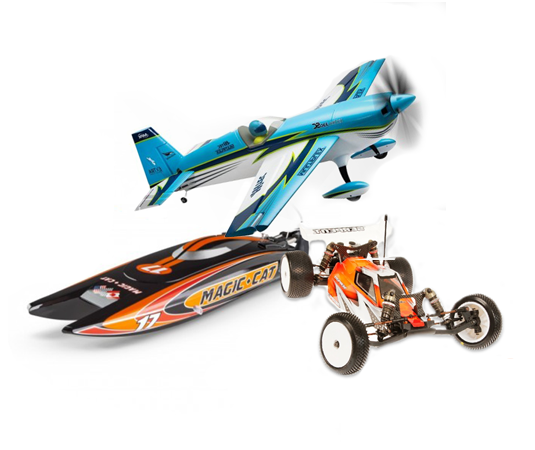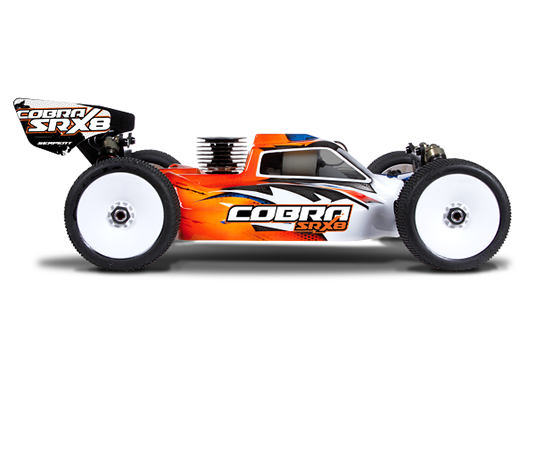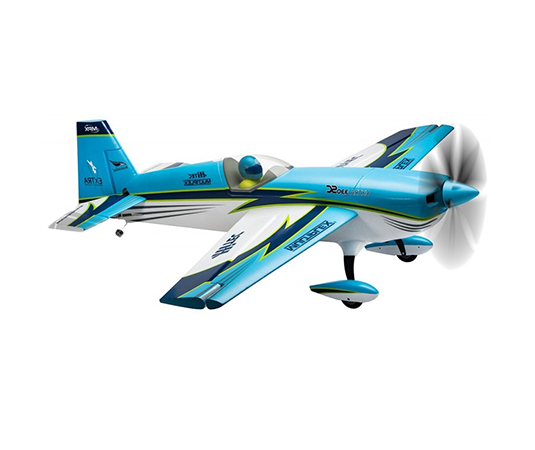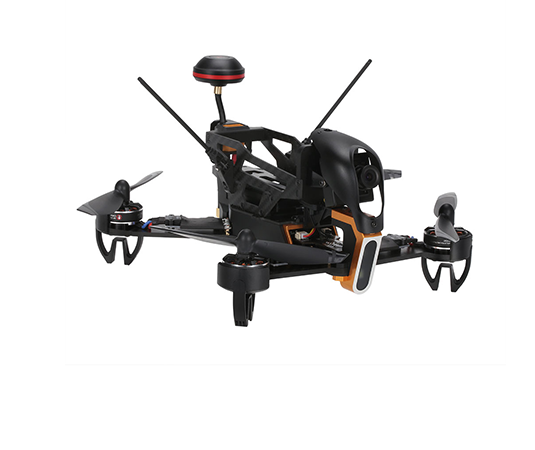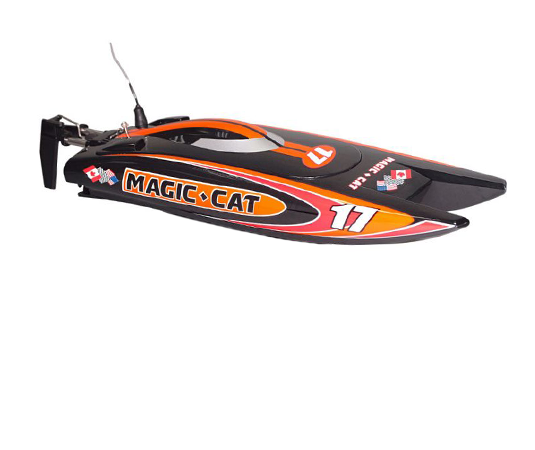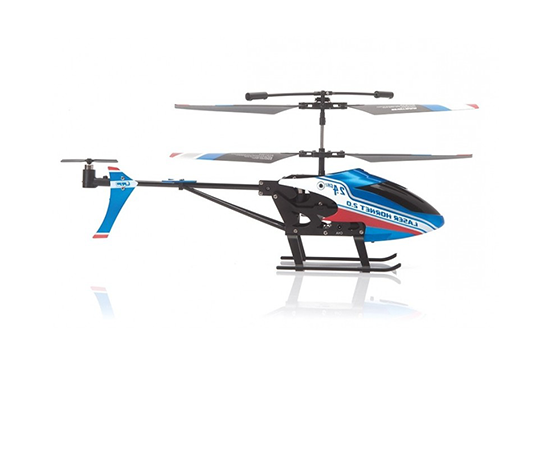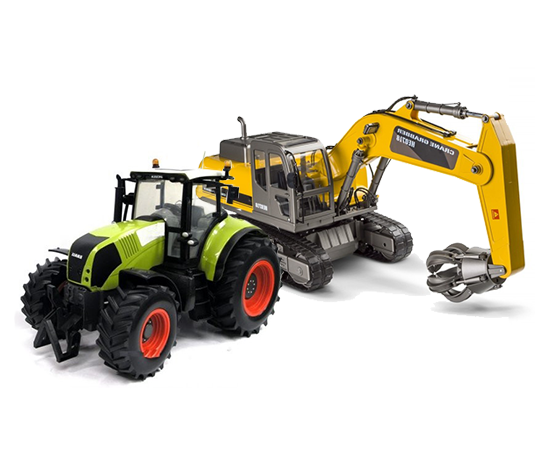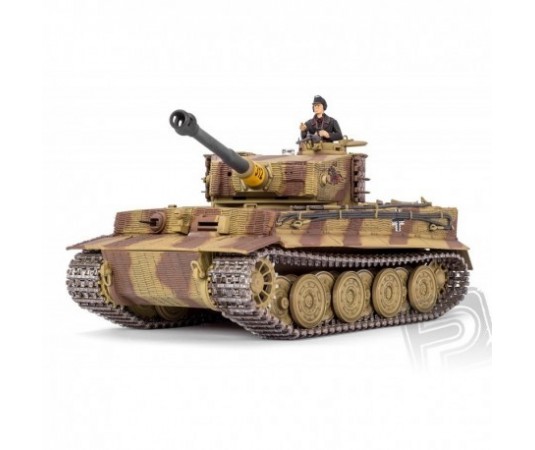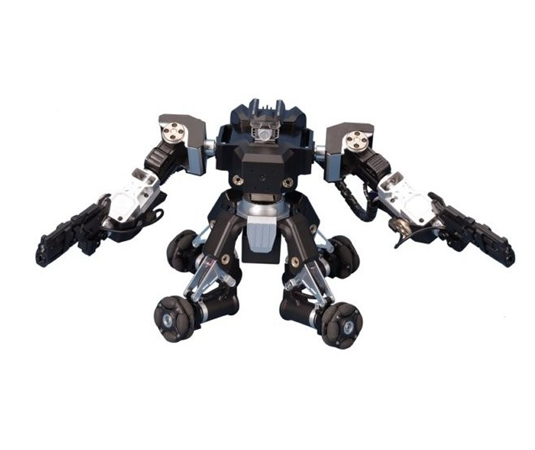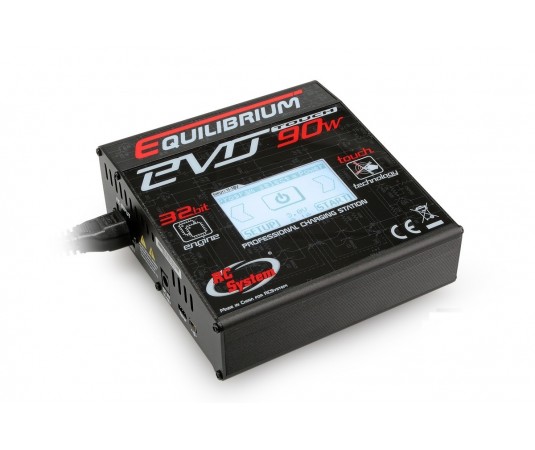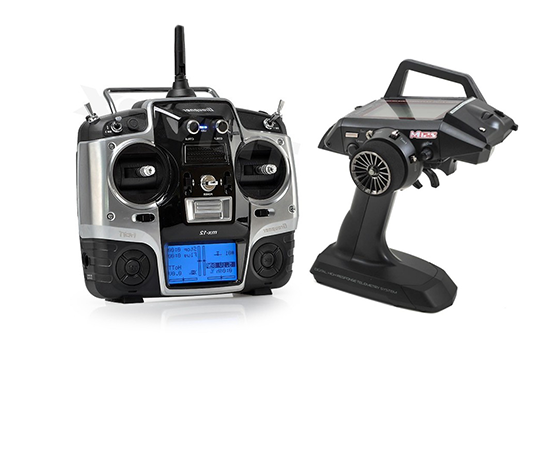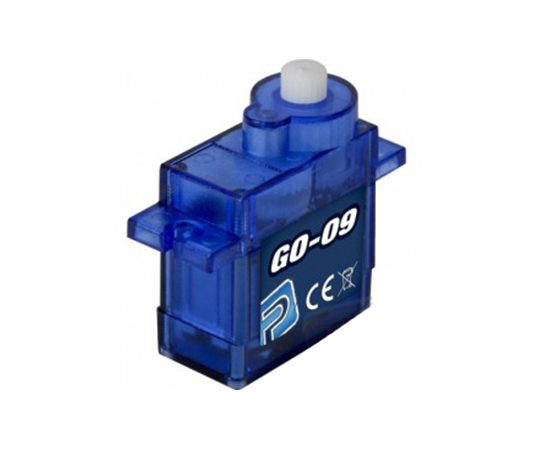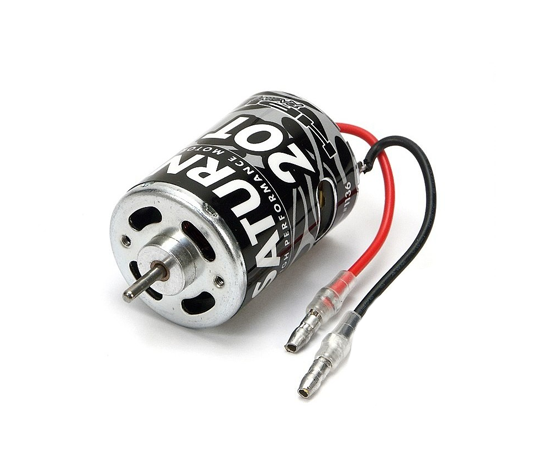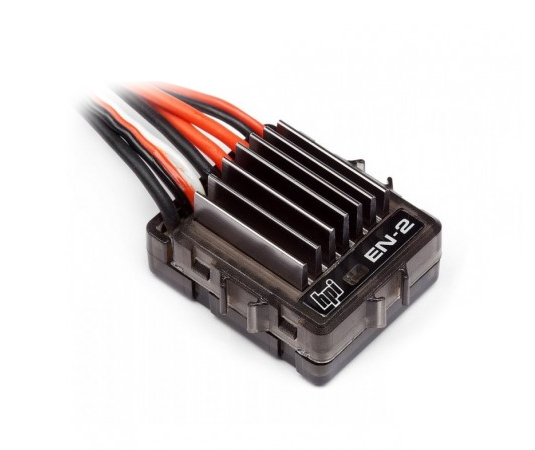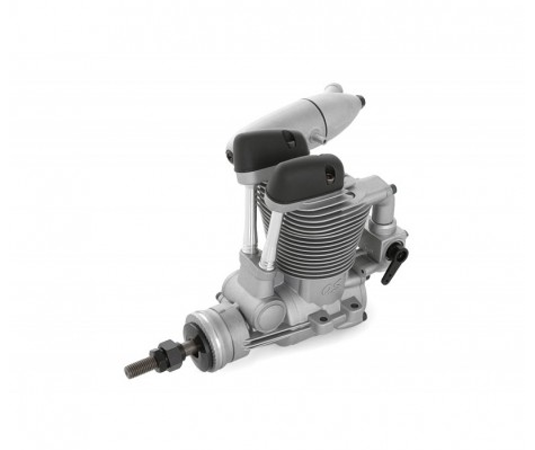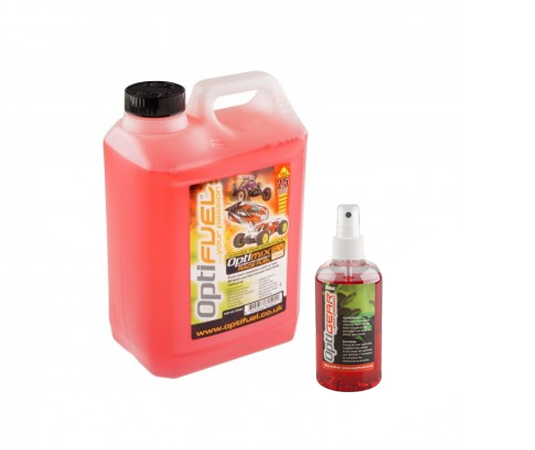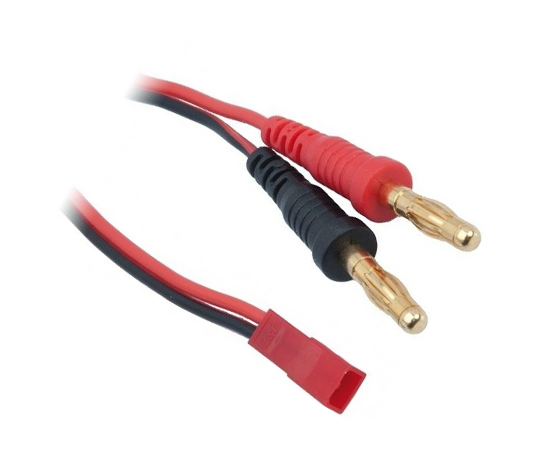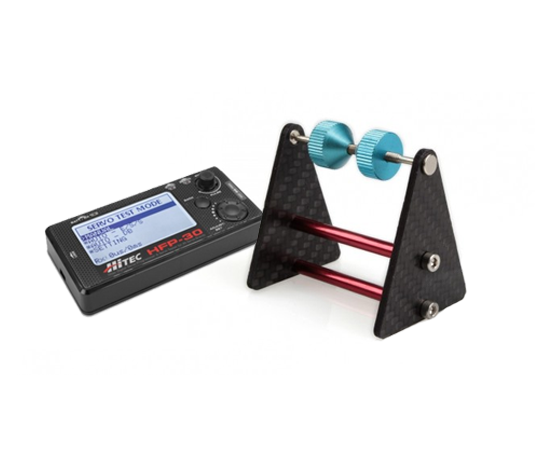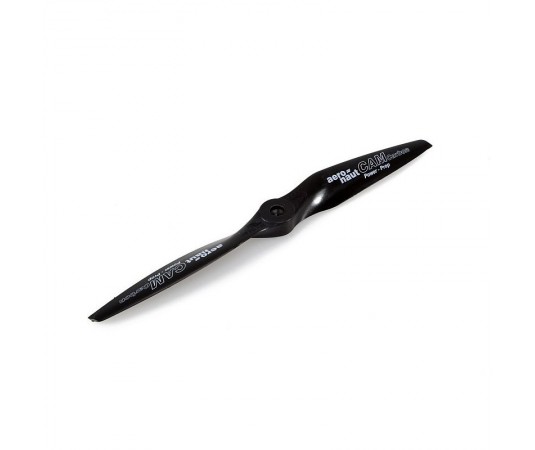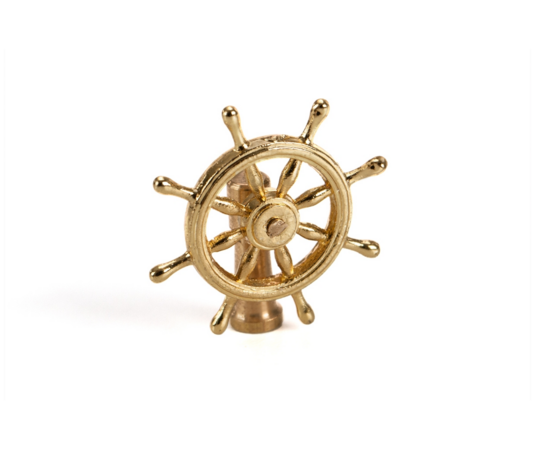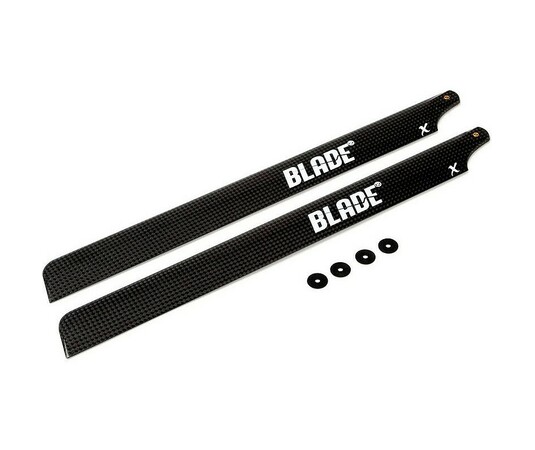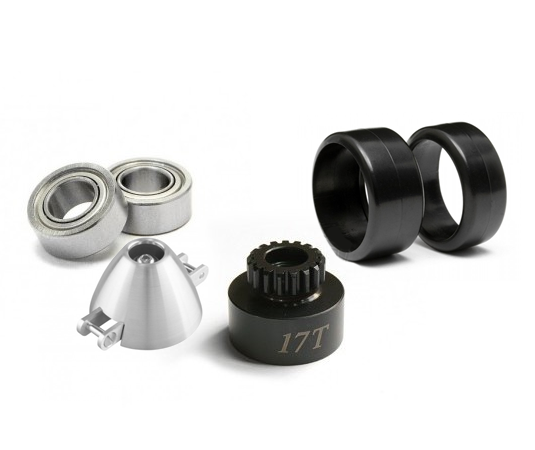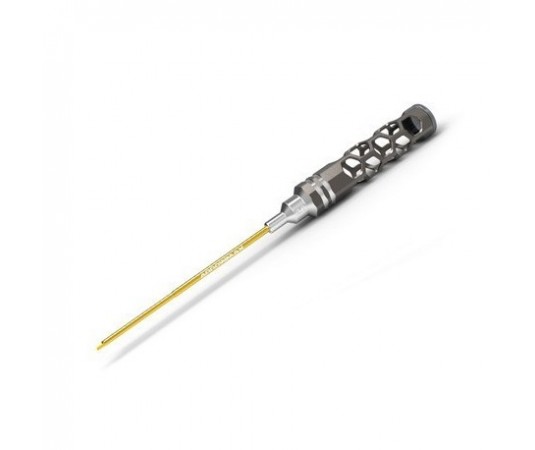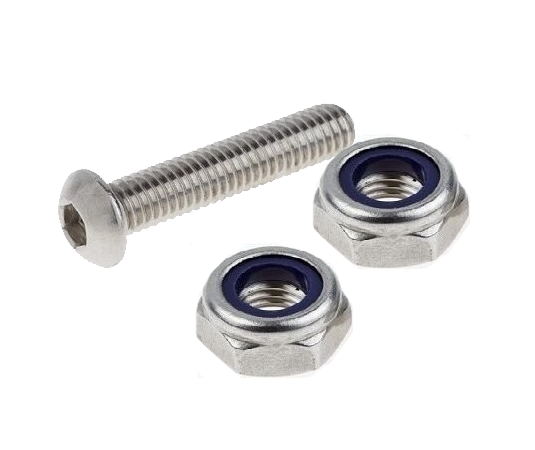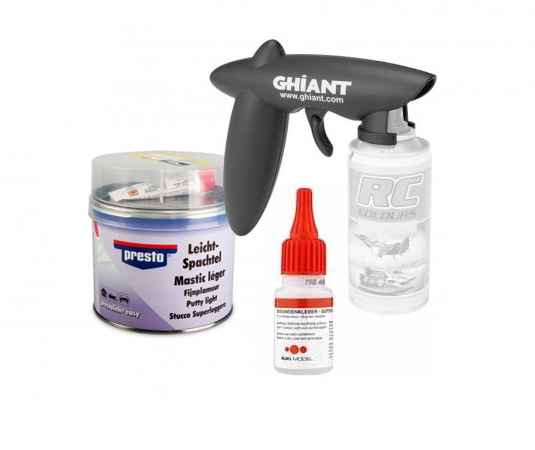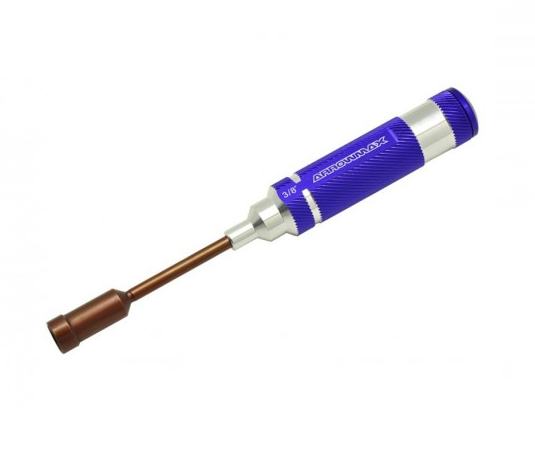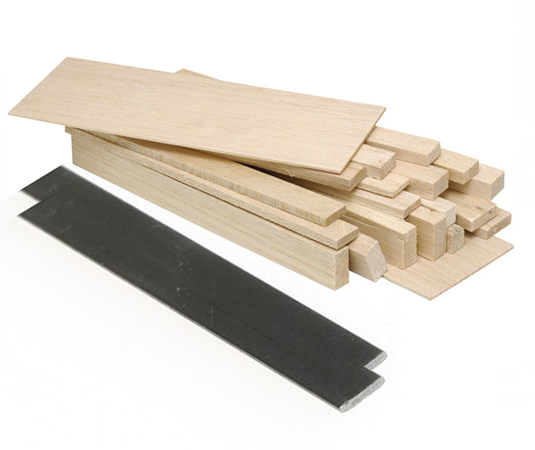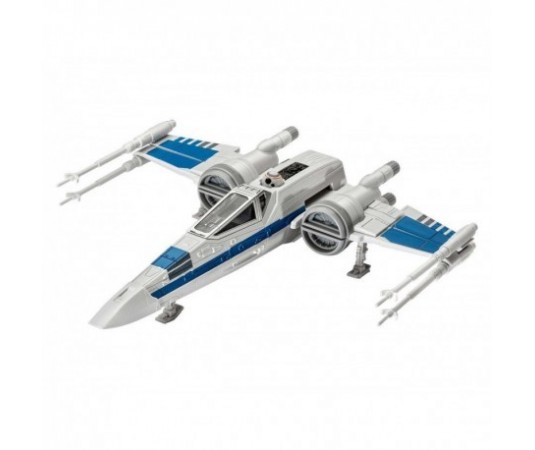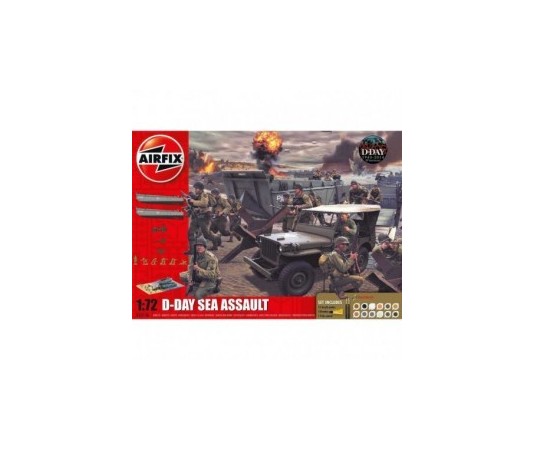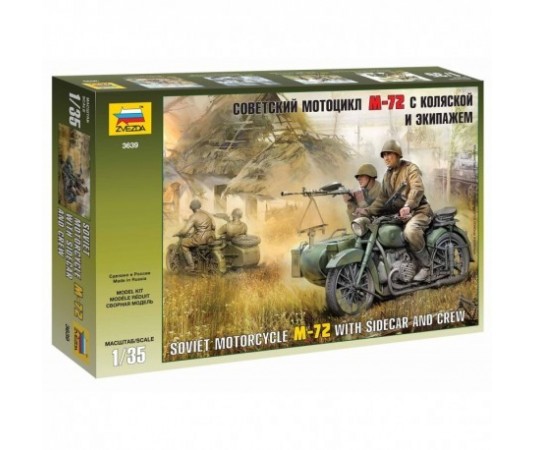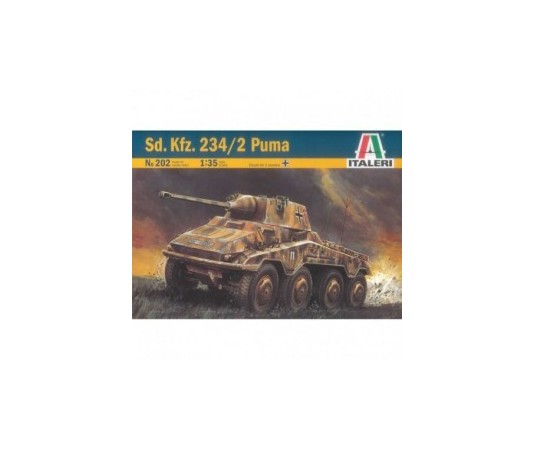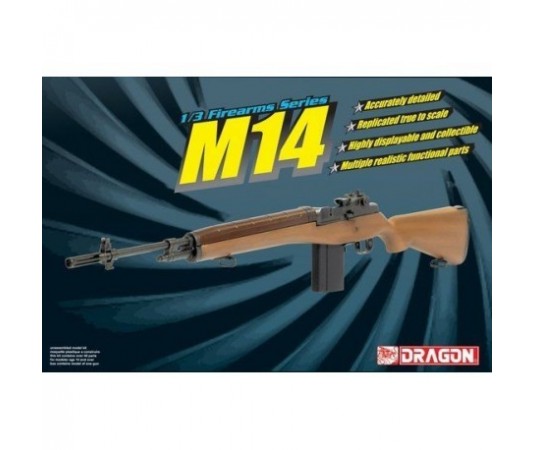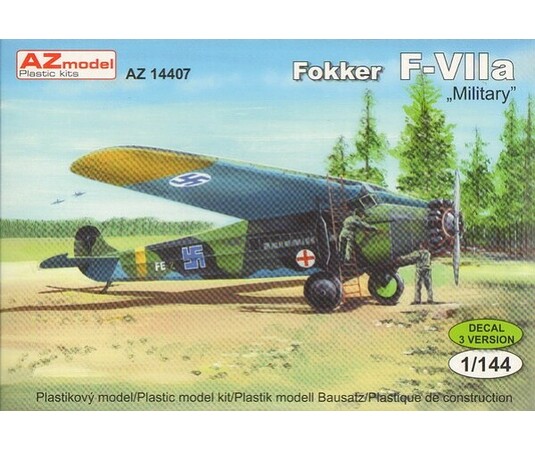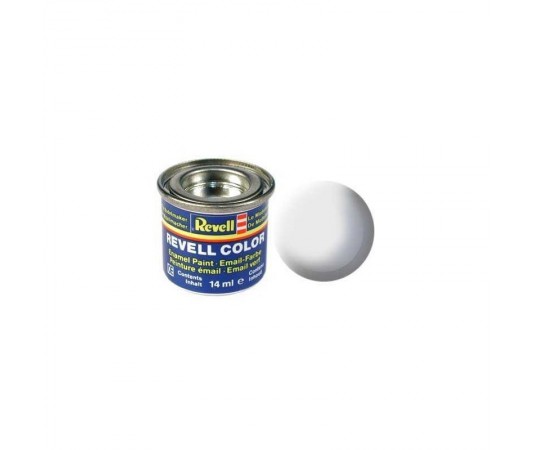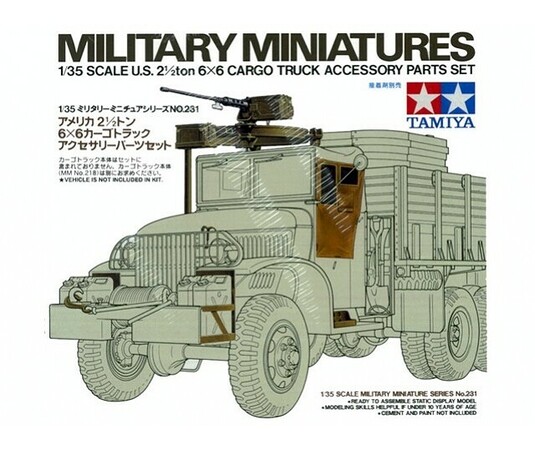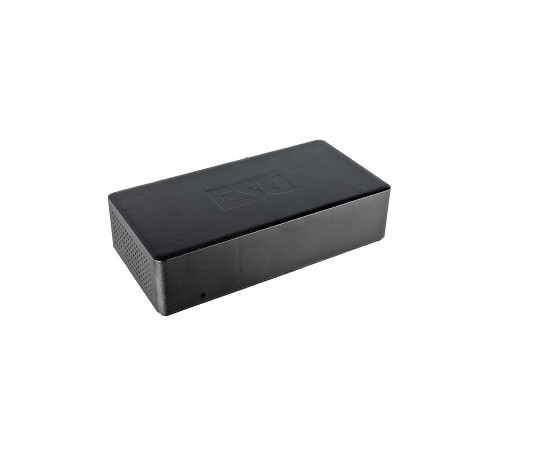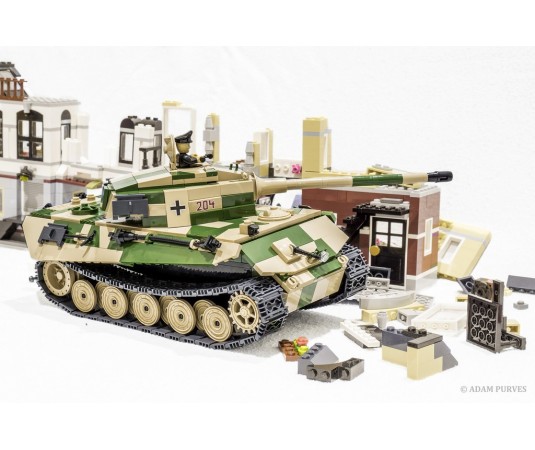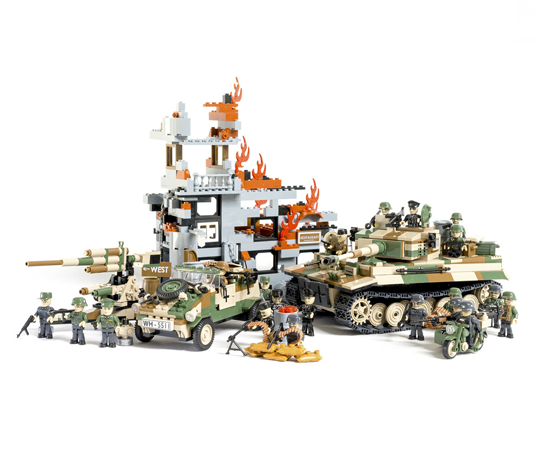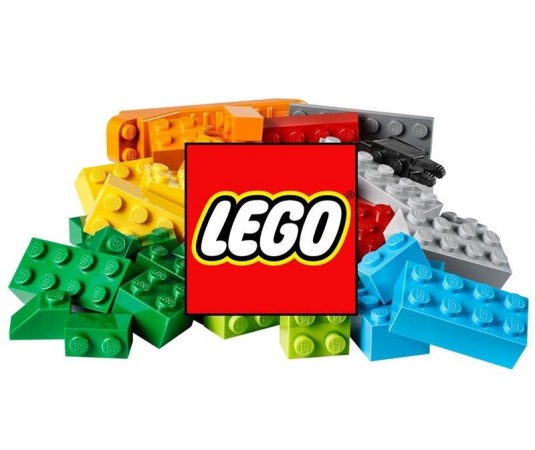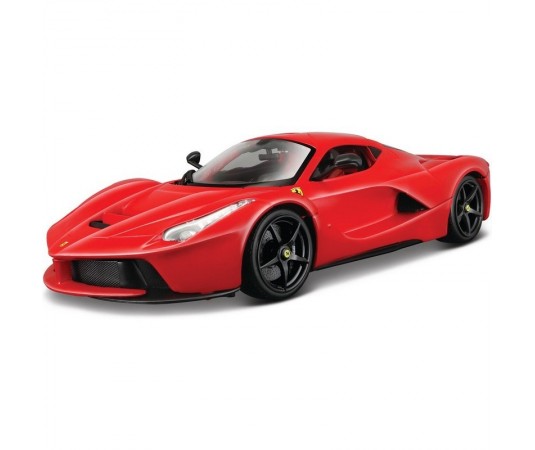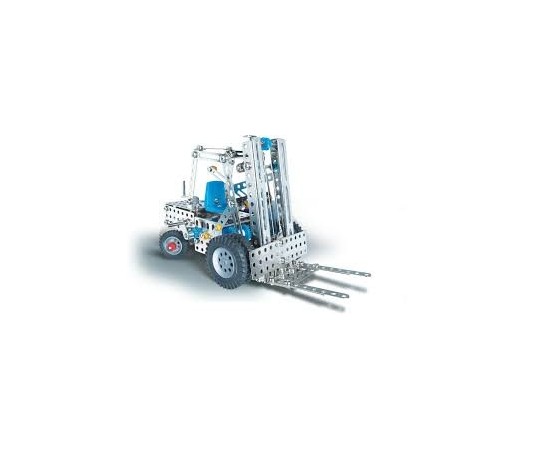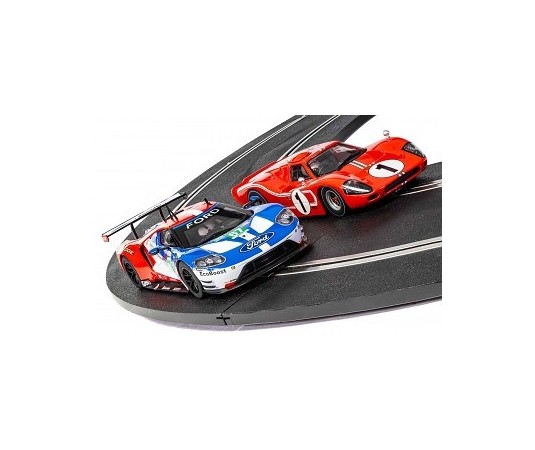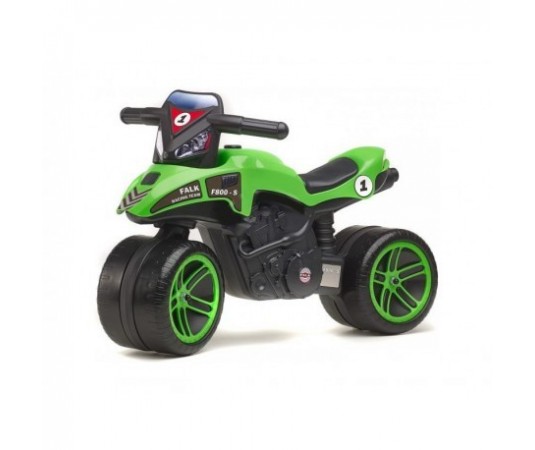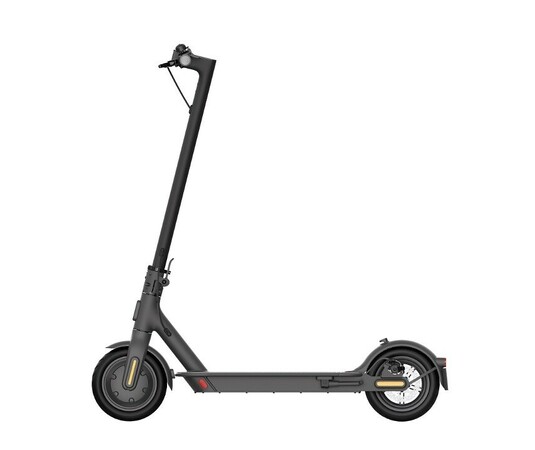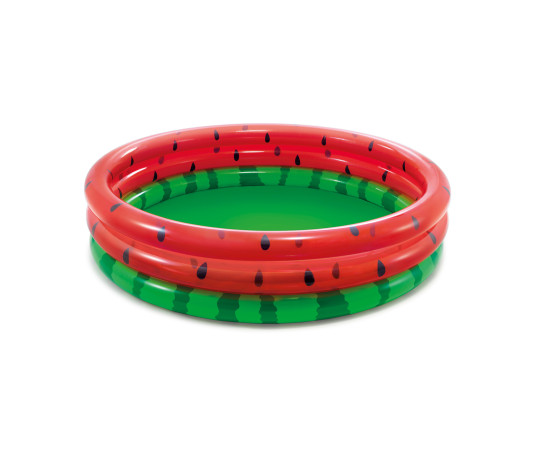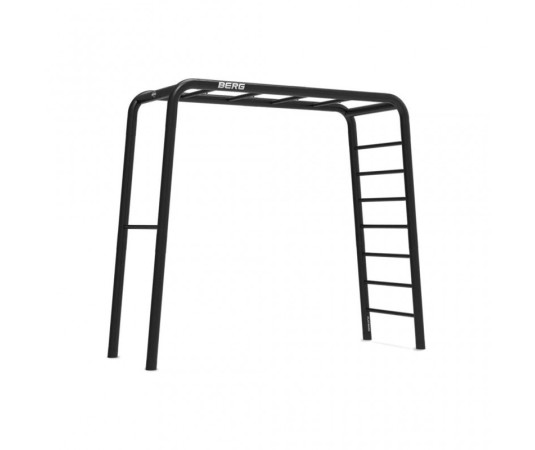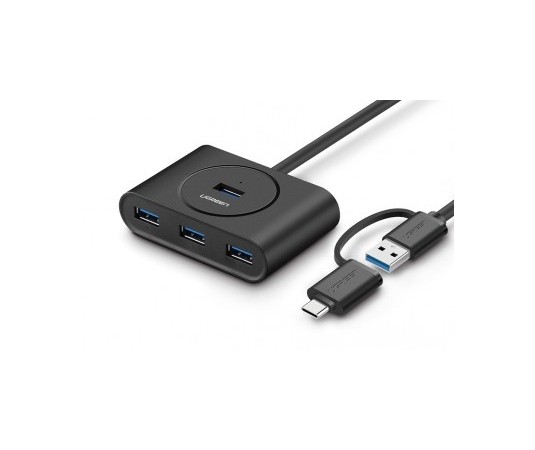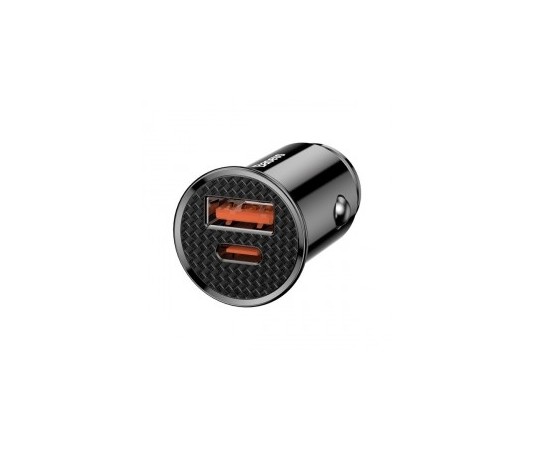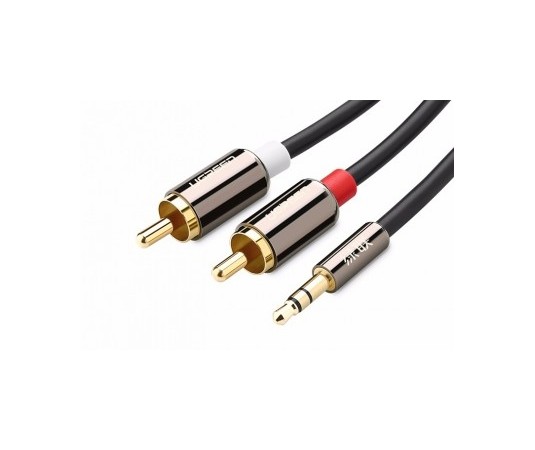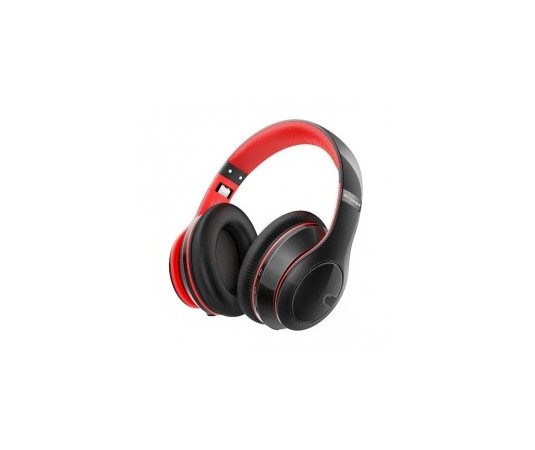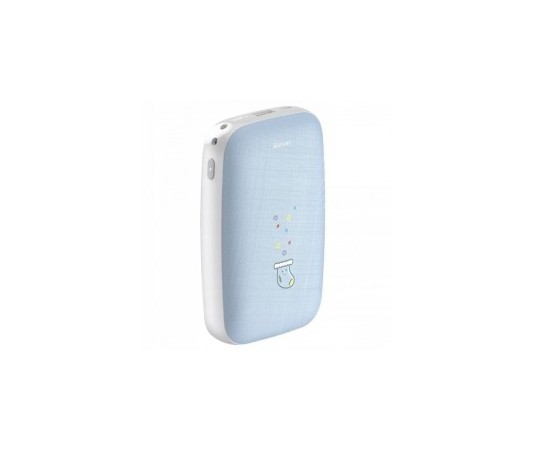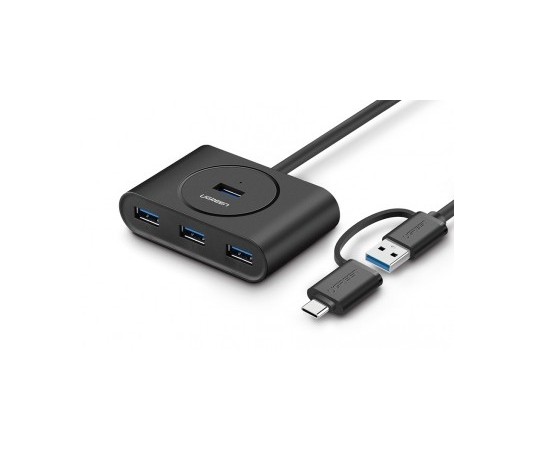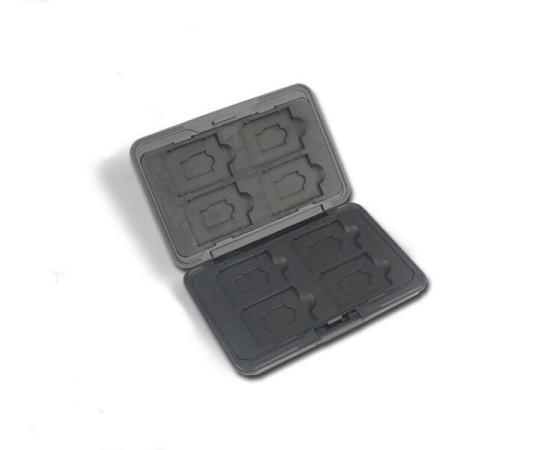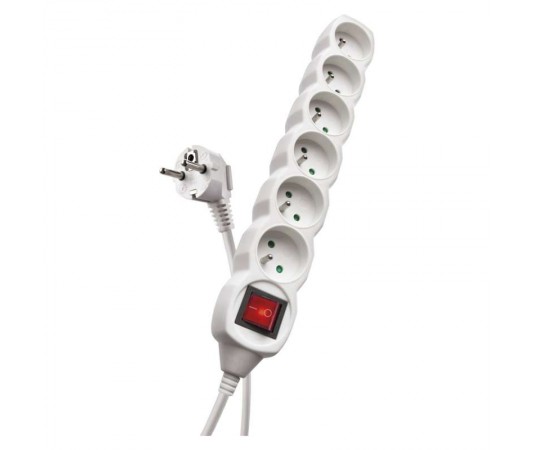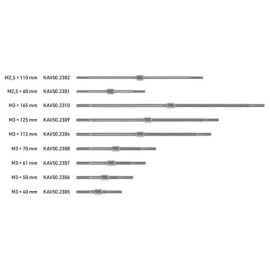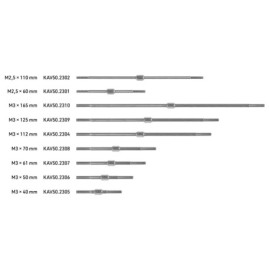Futaba HPS-CD701 (17kg 0.045s/60°)

Express delivery

Large selection of carriers

Satisfaction guarantee
Powerful and extremely fast programmable digital low-profile S.BUS2/S.BUS servo with a new custom-designed AC motor, with metal gears and an output shaft mounted in two ball bearings with increased supply voltage for top racing drifting car models 1:10. To ensure mechanical resistance and perfect cooling even under high loads, the servo is housed in an all-metal box. For use with RC kits T7PX/T7PXR/T7XC/T10PX with R334SBS/R334SBS-E receivers, it is possible to switch them to SR mode and use the super fast T-FHSS SR (Super Response) transmission system, or even faster F-4G telemetry system with T10PX transmitter and R404SBS/R404SBS-E receivers after switching to UR (Ultra Response) mode (UR1-UR4 modes).
Using an AC motor brings:
- faster response compared to servos with DC motors,
- longer motor life (up to five times longer than a DC motor),
- lower operating temperature and more economical operation due to the higher efficiency of the AC motor,
- higher efficiency and lower heat production also allow for increased servo thrust and speed without increasing its size,
- there is no interference caused by sparking of brushes on the commutator,
- higher resistance to vibration.
The HPS-CD701 can be connected to the S.BUS 2 (bidirectional serial bus) or S.BUS (unidirectional serial bus) outputs of the receivers for land models (Surface) or it can function as a classic servo connected to the channel (PWM) output of the receiver. The HPS-CD700 cannot be used with receivers for air (Air) RC sets Futaba.
Using the CIU-3 USB interface and the S-Link PC program or a Futaba transmitter equipped with the S.BUS servo setting function, you can program a wide range of servo parameters (speed, deflection size, neutral, overload protection, soft start, etc.). Setting the channel for operation on the S.BUS2/S.BUS bus and switching to SR mode is possible only with the T7PX/T7PXR/T7XC/T10PX transmitter, to UR mode on the T10PX.
Increased supply voltage 6.0-7.4 V (nominal), 4.8-8.4 V operating.
What is S.BUS2/S.BUS?
- S.BUS – Futaba serial bus with unidirectional communication allowing control of servos, controllers, switches, gyroscopes and other compatible RC devices connected to a single S.BUS output port of the receiver.
- S.BUS2 – Futaba's serial bus for bidirectional communication allows (like S.BUS) control of servos, speed controllers, switches, gyros and other compatible RC devices connected to a single S.BUS2 output/input port of the receiver. In addition, it allows telemetry sensors to be connected and data from them to be transmitted through the receiver for display on the transmitter; from some S.BUS2 servos, it can transmit information about operating current, temperature or servo output lever angle to the transmitter.
Unlike conventional RC kits, the S.BUS(2) system uses serial data communication to transmit control signals from the receiver to servos, gyros or other devices. This data includes commands such as “move servo channel 3 to 15 degrees, move servo channel 5 to 30 degrees” for multiple devices. S.BUS(2) devices only execute commands that are specific to their own set channel. This allows multiple servos to be connected to the same signal cable, while still being able to be set and controlled individually as needed. This is done using the servo identification code (ID). The ID can be found on the sticker on the servo box.
The S.BUS2 servo can be connected to both the S.BUS2 and S.BUS ports of the receiver. Its function is determined by setting the channel in the servo memory (this is done using the Futaba transmitter programming interface, the SBC-1 programmer or the CIU-3 USB interface with the S-Link PC program - for some servos the channel can only be set using the transmitter).
An S.BUS2 servo connected to a channel output of a classic receiver (PWM) functions like a classic servo. Its movement is determined by the signal in the receiver channel to which it is connected. The settings of the programmable servo functions remain valid.
| Servo size | Standard |
| Servo type | Digital |
| Thrust at 6.0 V [kg•cm] | 14 |
| Thrust at 7.4 V [kg•cm] | 17 |
| Speed at 6.0 V [s/60deg.] | 0.055 |
| Speed at 7.4 V [s/60deg.] | 0.045 |
| Servo transmissions | Metal |
| Ball bearings | 2× |
| High voltage | Yes |
| Power supply [V] | 4.8 - 8.4 |
| Length [mm] | 40.5 |
| Width [mm] | 21 |
| Height [mm] | 26.2 |
| Weight [g] | 53 |
| Designed for | Road cars |
| S.BUS | Yes |
| S.BUS2 | Yes |
| SR mode | Yes |
| UR mode | Yes |
| Water resistance | No |


